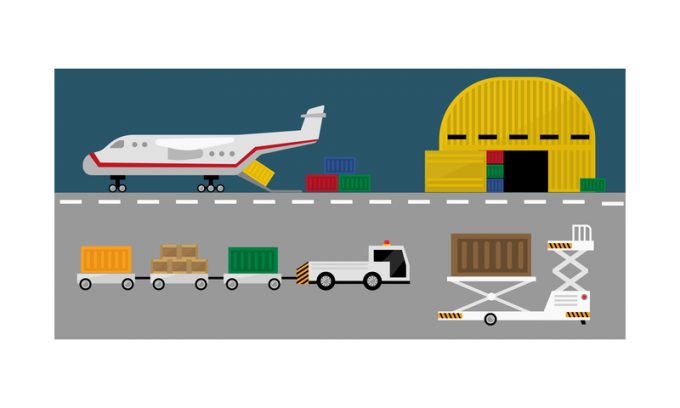Airfreight rates ex-China 'loss-making', but hopes of a trade deal stay high
Despite “loss-making” airfreight rates offered for Hong Kong/China-US, Chinese forwarders seem optimistic that the trade ...

Japanese forwarders were the biggest air freight winners in 2018, according to new data released by WorldACD.
They saw their business increase 7.2%, driven by growth in Asia Pacific and North America.
That was in comparison with the 13 top European forwarders, which saw growth of just ...
Four crew members still missing as Wan Hai 503 continues to burn
Predatory rivals circle as the ripples from DSV's Schenker buy widen
Explosions and 'out-of-control' fire reported on Wan Hai box ship
MSC Elsa crew face criminal probe, as Wan Hai 503 firefighters battle on
Latest Israeli attack on Iran a threat to box ships in Straits of Hormuz
'It's driving us mad', say forwarders as US court fails to end tariff turmoil
Transpacific rates ease as capacity boost proves too much for trades to digest

Comment on this article